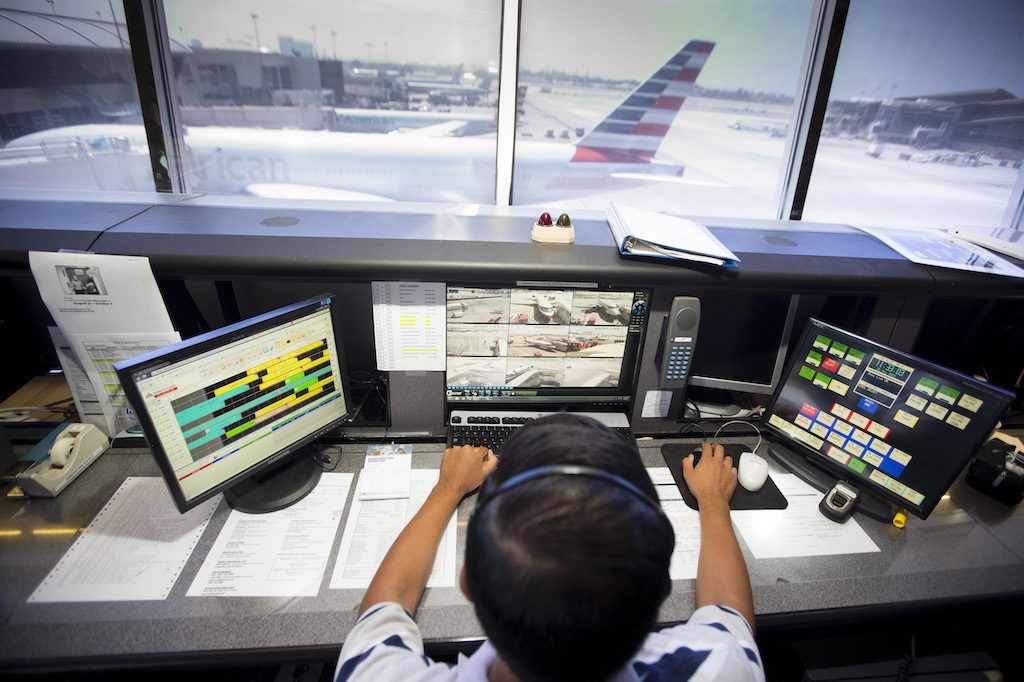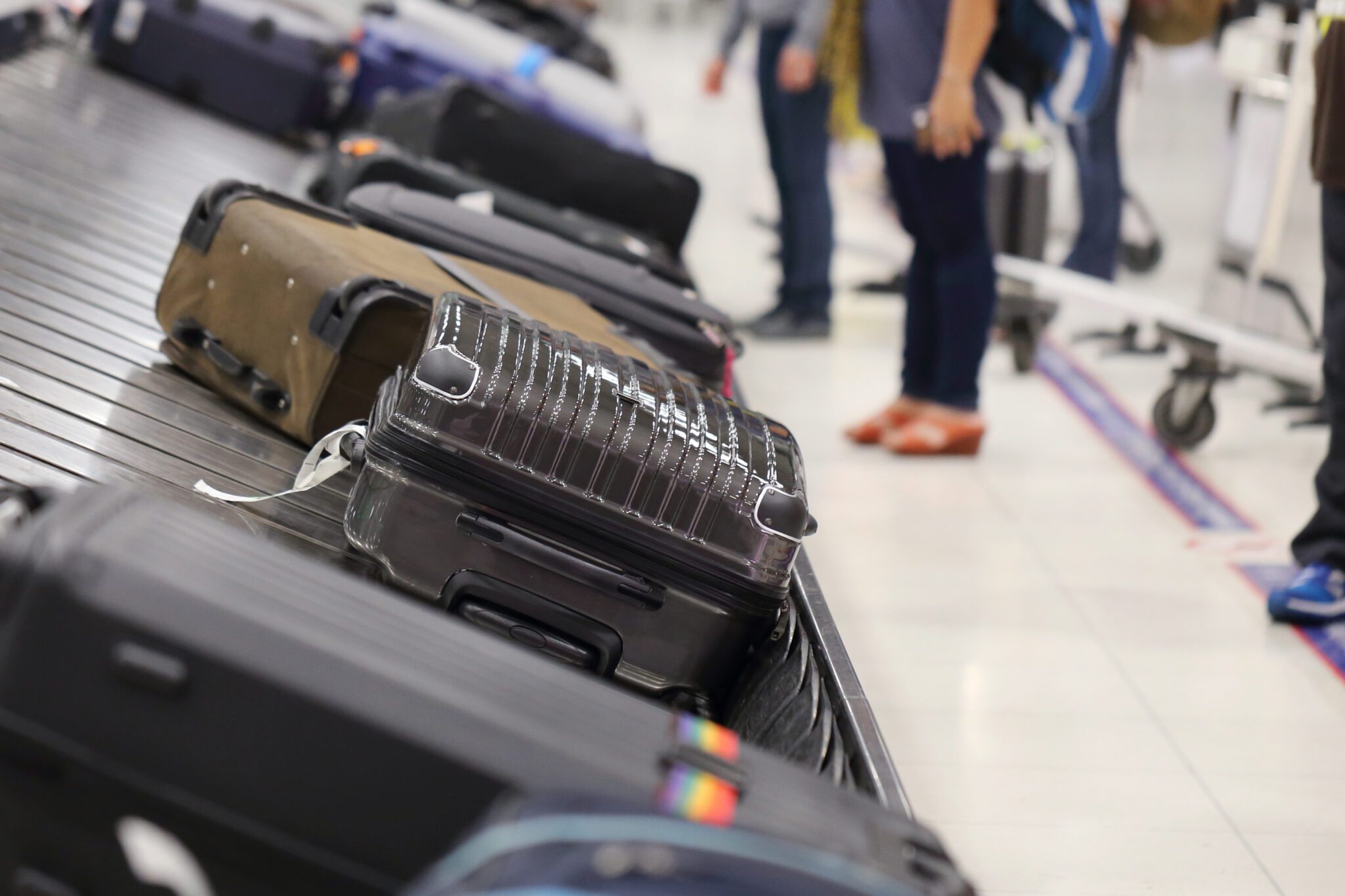Pandemic Spurs American Airlines to Make Long-Needed Changes to Coastal Strategy in U.S.

Skift Take
For several years after its merger with US Airways, American Airlines loved to brag of its status as the world's largest airline by revenue and capacity. But beneath that marketing boast, American had a serious problem: It couldn't profitably compete in many big U.S. markets, including New York, Boston, and most of the West Coast.
The airline hid it well. Hubs in Dallas/Fort Worth and Charlotte were profit-making machines, and the rest of the airline's non-coastal hubs made enough money. American accepted below-industry margins in New York, Boston and Los Angeles, because it figured the world's largest airline couldn't cut-and-run from three gigantic business markets. Its customers demanded American stay.
Now, however, the industry is in crisis, and American, which burned $55 million per day in the second quarter, has had enough. It is revamping its West Coast and Northeast strategy, hoping it can stem the bleeding. Longer term, it is hoping decisions it makes now will set it up for future success against United Airlines and Delta Air Lines.
Rather than running away from the Northeast and West Coast, probably a suicidal move for a global airline, even in a pandemic, American is turning to two new domestic alliances. In the past five months, American has announced deals with Alaska Airlines to strengthen the West Coast, and JetBlue Airways to shore up the East Coast.
The Alaska deal came in February, before the worst of Covid-19. But it has become more important since, with American saying it will reduce its operation in L.A. and may move some flights to Alaska's hub in Seattle. American's JetBlue agreement came on July 16, after both airlines understood Covid-19's effects on global air travel.
"What it's entirely about is creating a different and creative competitive alternative to the larger networks that our competitors offer on those coasts," Vasu Raja, American's chief revenue officer, said Thursday on the airline's second quarter earnings call.
Revenue Gap
Entering the pandemic, American said its hubs outside the Northeast and West Coast captured 10 to 12 percent higher unit revenue than American's competitors at similar hubs. In a state like Texas, customers likely were paying a premium to fly American.
But in the Northeast and on the West Coast, American executives said the airline underperformed competitors on unit revenue by about 10 percent. American had been operating almost a quarter of its capacity in the Northeast and West Coast, Raja said, so this discrepancy caused a material affect on earnings. On Thursday's call, Raja called it "a very massive revenue problem."
With earnings otherwise strong the past five years, American wasn't going to shrink in key and cede share to United and Delta. Instead, it chose two strategies to try to remain relevant — a different one for each coast.
In Los Angeles, American tried to grow, becoming the largest airline at Los Angeles International Airport, though not by much. In a competitive market, American had a tough time winning share and executives have admitted many of the long-haul flights they added after the merger lost money. Last month, American said it would right-size Los Angeles by pulling many Asia flights.
In American's Boston focus city and New York hub, the airline tried to remain small but relevant, keeping flights to many important business and tourism destinations. In New York, American often added and subtracted routes in hopes it could get the mix right.
It never did. And yet, had there not been a pandemic, it might have continued with the strategy, just to play defense.
"We were in a situation where we were really too small to win and too big to go and exit," Raja said.
Can't Go It Alone In a Pandemic
By working with Alaska and JetBlue, American expects to gain relevancy on the coasts without spending too much money.
The airlines are barred by anti-trust law from coordinating on commericial strategies, but given the airlines have complementary networks, American probably does not need antitrust immunity to get what it needs.
JetBlue and Alaska have all narrow-body fleets and predominately fly within North America. Like JetBlue and Alaska, American is a strong short-haul carrier but it also is a global airline with a strong transcontinental franchise.
American is betting Alaska and JetBlue loyalists will stick with their favorite airline when flying in North America. But when they go abroad, American figures they will switch to American. American soon plans to start new service from Seattle to London and Shanghai and from New York to Tel Aviv, hoping to draw customers from Alaska and JetBlue's loyalty bases.
Long-term, American is betting this strategy can boost margins on the West Coast and in the Northeast. In the shorter term, with airlines in crisis, American is expecting the agreements can help it retain share in both regions, while reducing cash burn.
Without the JetBlue agreement, Raja said American, as New York's No. 4 airline, would have major trouble until demand returns.
"These partnerships are all the more critical to be able to be done now because the reality is, left to everyone's own devices, the third and fourth largest carriers in New York just won't be able to compete for a New York originating premium customer given the current demand outlook," Raja said.
Change in Mentality
American may have changed its West Coast and Northeast strategy without a pandemic. Even before the worst of Covid-19 hit, American had begun to make meaningful changes in the West.
But on the earnings call, American executives admitted they've shed most assumptions about how one of the world's largest airlines should operate. The industry has changed because of this virus, they said, and the American of 2021 and 2022 will look much different than the airline of 2019.
On Thursday, American reported a second quarter pretax loss of $4.3 billion, excluding special items. Given the unusual circumstances, Parker said, this is a time for American to "shut it down and start from scratch," including rethinking where American flies and when.
"That's going to make us much more efficient, and we're excited about that," Parker said. "We're going to add back only what makes sense."
By thinking strategically, he said, American can improve its position.
"Once we get to a more steady state environment, what I think you'll see from American is, relative to our competitors, our relative performance will be improved," Parker said.




